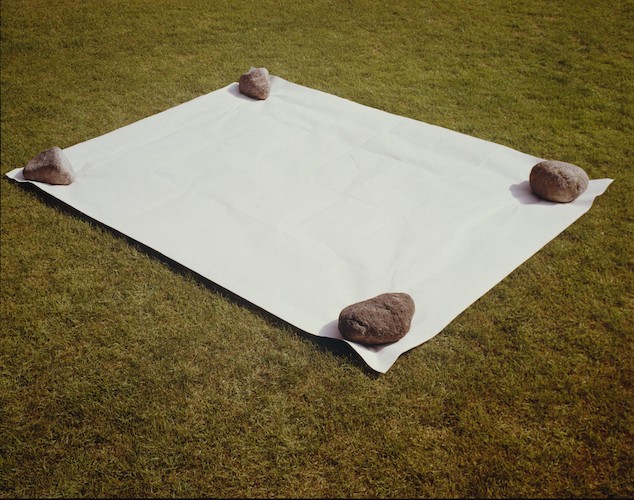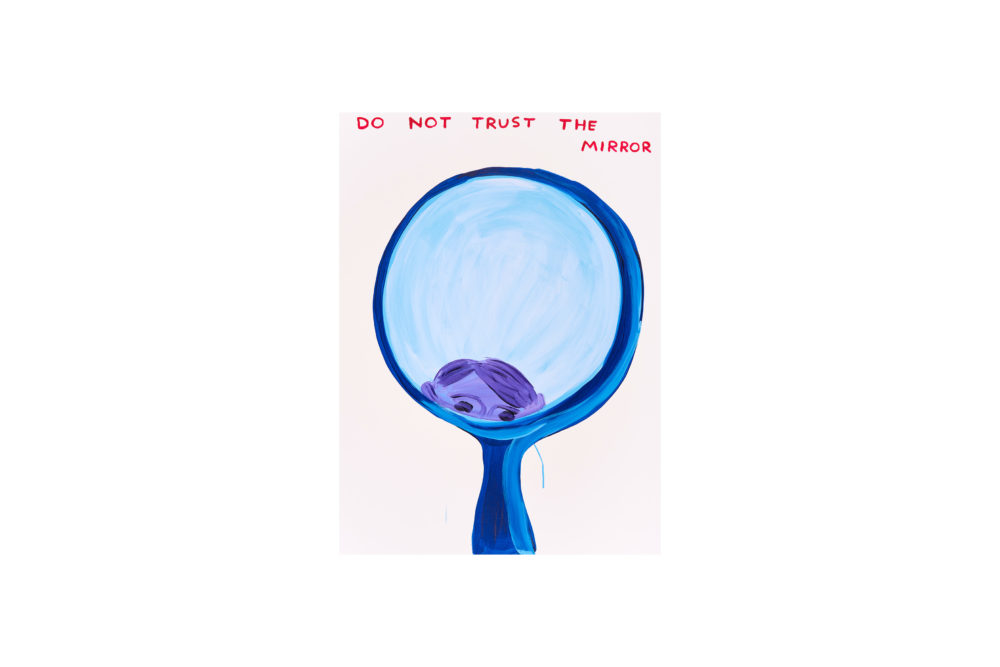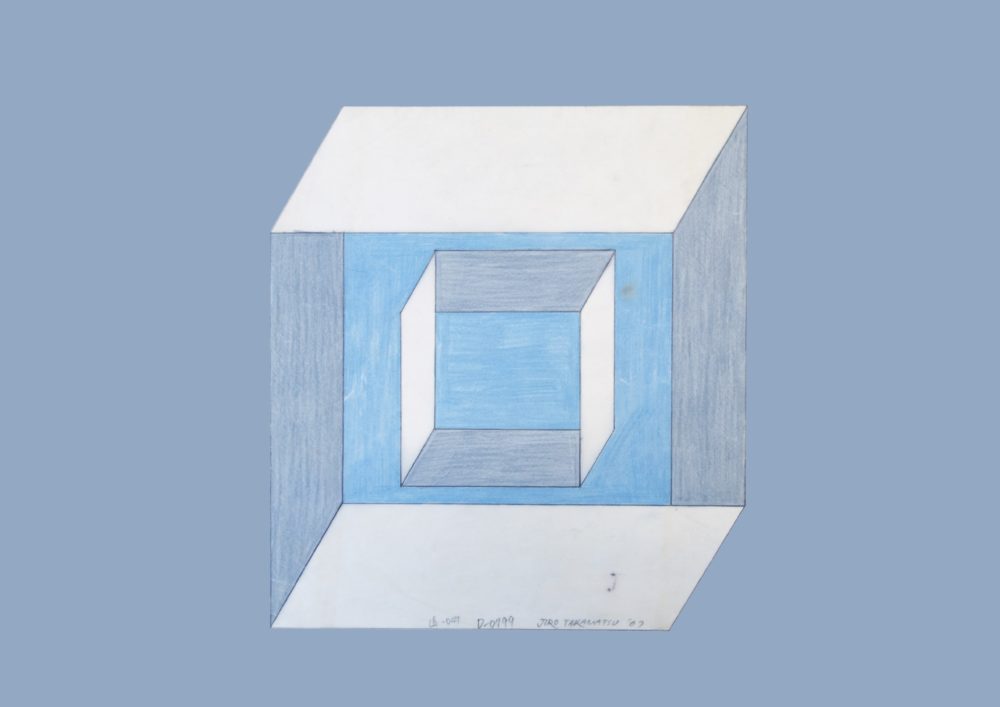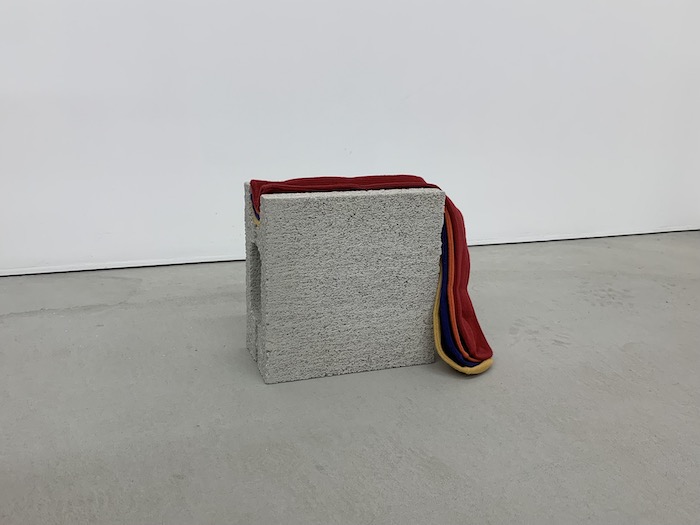Exhibitions
吉田志穂 「ある石の話」
Shiho Yoshida “Shiho Yoshida – Quarry / The Story of a Stone”
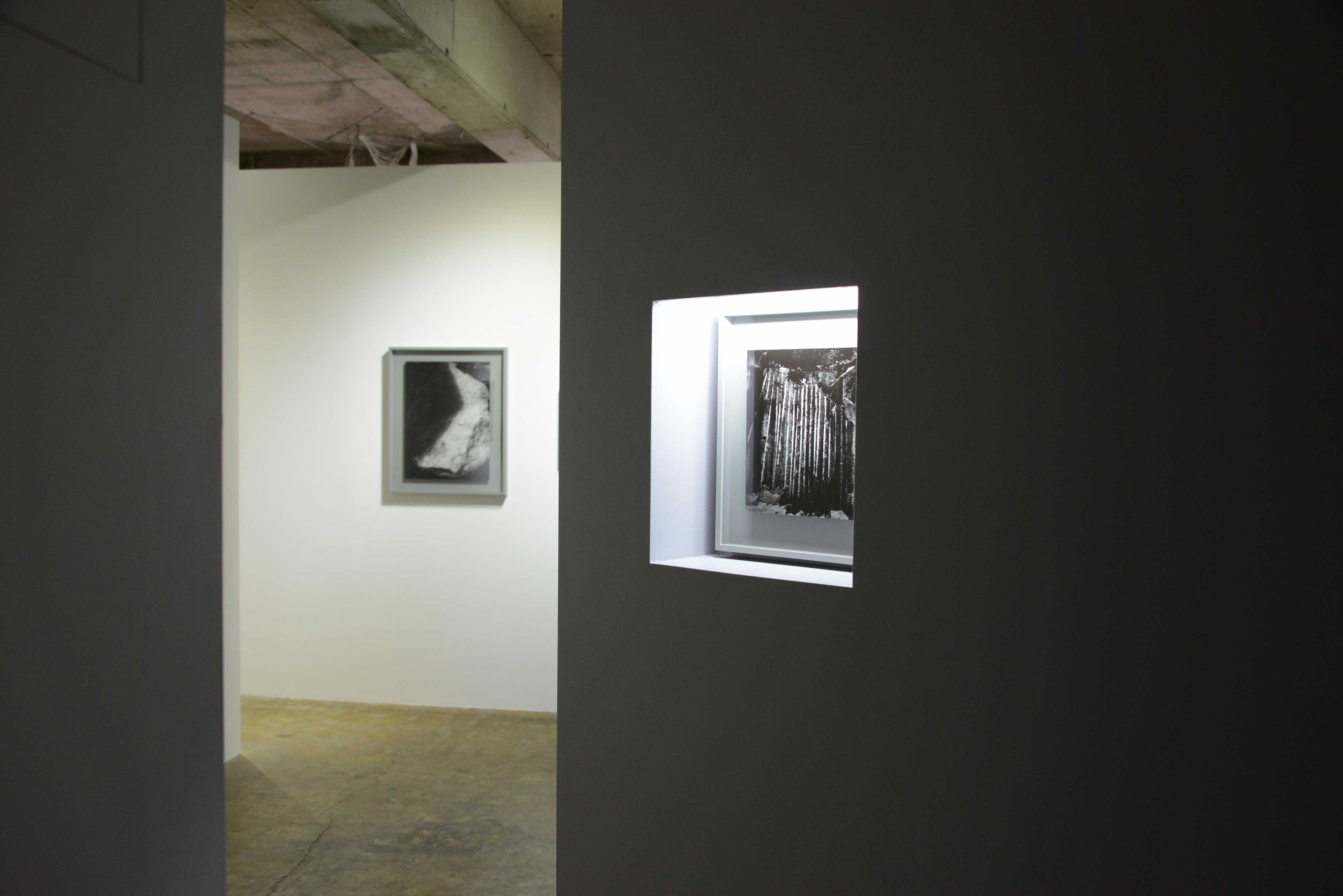
Google で画像検索をし、モニター上にモチーフとなる被写体を探す。出てきた検索結果からイメージを選んだ後、最初の撮影が行われる。 その後、そのイメージが実際に撮影された現地に足を運び、そこでまた撮影をする。 吉田志穂は、これまでこうした方法でデジタルとアナログの間を行ったり来たりしながら対象を求め、制作を続けてきました。 撮影されたイメージは、等価にプリントされていきます。吉田にとって、それがデジタルかアナログか、リアルであるかヴァーチャルである のかといったことは大した問題ではありません。出てきたイメージをプリントし、そのイメージの本質について考える時間が制作における大 切なプロセスであり、そして最も重要なことはそれらのイメージが実際の空間でどう見せられるのかということなのです。 展示によってそれぞれのイメージは物質化され、ひとつの空間へと変わっていきます。その時、イメージは見るものから体感するものへと変 わります。そして、そこは到達した場所であると同時に、そこからどこかにつながる一つの風景でもあります。
今回吉田が選んだのは、ある「石」を巡る物語です。「石」は人間の生命のタイムスケールで測ることはできません。悠久とした長い時間を経 るものとして、半永久的に不変の存在とされてきました。また「石」は、中国ではセキと読み、日本ではコクと読む、私たちの生活の中で質量 の単位を表すものでもありました。
そうした「石」が持つ時間と物量が、古今東西様々な物語を生んできました。
吉田が探してきたイメージが、語られてきた物語の断片なのか、新たな物語を作るのか、時空を超えて現れてくるものを共にご覧いただければと思います。
■作家ステートメント
インターネットなどのメディアにより、その恩恵を受けていると同時に何もかもが簡単にわかってしまう(わかった気にさせられてしまう)ように感じる。謎が謎のままであることや不確定なものが許容されにくくなっているように思う。どこか閉塞感のようなものを感じている人も少なくないだろう。
そんな現状の中で、事実や史実が明確にわからないものを探した。
数年前にこの石のことを知った。オカルトやオーパーツを紹介する記事だったと思う。
何のために作られたのか、作られた時期すらも明確にはわからない人工の巨石、現代の技術でも同じものを作るのが困難らしい。石の形そのものや謎の多さにとても興味を惹かれた。
実際に行って見た石は、一目で全貌がわからないほどに大きく、囲むように社が立っていた。
距離をとって形を見ることもできず、インターネット上で見ていた画像とはまるで違うものに思える。参考に見ていた過去に描かれたスケッチや文献から想像していた場所ともまるで違っていた。
調べてみると 1820 年代に日本に渡来したシーボルト(ドイツの医師・博物学者)は石を3枚のスケッチに残していた。また 1970 年代には松本清張が小説「火の路」に石のことを取り上げていた。
石のある街に住む石工は当時の作業風景を想像した話を聞かせてくれた。
「石を掘っていた当時、山からは年々も絶えず煙が上がっていたと思うんです。石を掘るための道具に火を入れて打ち直す必要があったから、私はずっとその場所がどこなのかと考えています。」
最近ここではと思っていた通りの場所から熱で変色した痕跡が見つかったらしい様々な時代にこの石に魅了された人達が、それぞれの形で残すことを試みている。
近くの博物館では、周囲で出土した一見すると何かわからないような破片から元の形を修復する作業を見学することができた。破片は膨大な数が貯蔵されている。選定し、元の形を想定し、繋ぎ合せ、足りない部分を想像で埋めていくという作業が黙々と行われていた。それは例えば壺になり、皿の形になった。それは本来の形では無かったかもしれないけれど。
スケッチ、小説、石工の話、採掘場の石の欠片、ネット上の画像や考察、時代や場所を超えて石に対する様々な見解が生まれた。しかし、明確な答えは今もなお判明せず、残されたものたちによってさらに謎が深められているようも思える。
ただそこに在るというだけの石に、それぞれの方法で補われた新しい意味たちは確実に残っていっている。
私は私のやり方で、写真を使って、この石を残すことにした。
吉田 志穂
-----
Shiho Yoshida searches images using the Google search engine and then she looks for her subjects among a group of images displayed on the pc screen. After selecting an image among the search results, she shoots her first picture. Then, she travels to the actual location where the original image was photographed to take pictures.
Yoshida has used such a method of alternating the use of digital and analog means as she looked for the subjects of her art, and has continued to work.
The photographed images are all printed in the same way. For Yoshida, whether the image is digital, analog, real, or virtual is not a big issue. The important process of her creation is the time she spends to contemplate on the essence of the images and the most important thing is how the images are presented in an actual space.
When displayed, each image becomes materialized to form one whole space. That is when images transform themselves from the object of visual perception into an object of bodily sensation. The achieved space is at once a goal and a landscape leading to somewhere else.
The subject that Yoshida chose for the present show is a story about a stone. The time of a stone cannot be measured by the time scale of human life spans. It traces the length of eternity; it has been thought as an existence that stays unchanged semi-eternally. The word for stone in Chinse is pronounced as ‘seki’ and that in Japanese is pronounced as ‘koku.’ In both languages, it represented a unit of mass used in people’s daily life.
The time and the weight that stones held have generated many stories throughout the history in various places on earth.
Hence, we wish that you would visit the show to see for yourself whether the images that Yoshida gathered are fragments of the story that had been passed down from the past or the ones that create will new stories so as to discover within her art the appearance of the elements that have come from beyond time and place.
■ Artist Statement
With the help from the media like the Internet, I often feel as if I am able to understand or forced to think that I am able to understand everything simultaneously with ease. I think that under such situation, there is now less allowance in society to let enigmas stay as enigmas or to accept uncertain matters. I should trust that there are many who are feeling a sense of stagnation from this.
Under the situation, I looked for phenomena whose factual background or historical origins were not clear. And I came to know about this stone a few years ago. I think I read about it first in an article about the occult and OOPArt.
The man-made giant stone whose purpose of creation was unknown had not even revealed the clear period of its production. Its reproduction was considered quite difficult even with the modern technology. I became quite interested in its very form and the mysteries that it held.
When I actually went to see the stone, it was so large that I was unable to see the whole shape at one glance and it was also surrounded by the wood.
I could not check its form from distance and it appeared quite different from the image that I had viewed on the Internet. The site also looked totally different from what I had imagined from the old drawings or documentary records that I had been referring to.
I researched to find that a German physician and naturalist, Siebold, who had stayed in Japan in the 1820s had made three drawings of the stone. Also, in the 1970s, Seicho Matsumoto had written about this stone in his novel titled ‘The Path of Fire.’
A mason from the city where the stone existed spoke to me how he imagined its production process to have been like at the time of making.
‘I believe that when they were digging the stone at that time, smoke was continuously coming up from the mountains all around the year. The people who were digging out the stone certainly needed to hammer the extracting tools repeatedly with heat. So, I have been wondering where that hammering took place.’
Recently, a trace of a color change caused by heating was discovered in a soil of the exact location that the mason had been suspecting as the hammering site. Hence, people from different periods in history who have been fascinated by this stone have each attempted to leave their traces of fascination in their own ways.
In a nearby museum, I was able to observe a restoration process of an object from fragments that at first glance appeared quite obscure. The museum stored an enormous amount of fragments. The process of selecting the fragments, imagining the original form in order to paste them together, and filling the lost part with imagination was going on quietly. The process created a vase or dish for example, although maybe they were not what they had originally been.
There are drawings, the novel, the mason’s guess, the fallen fragments of the stone found in the extraction site, and the images and thoughts presented on the Internet. However, no clear answer about the stone’s identity has been provided to this date; it even so seems that the remaining records and objects related to the stone that are further enhancing the mysteries.
Within the existence of the stone that simply rests there, I certainly sense the meanings that have been added a new by different means through generations. Hence, I decided to employ my own style in order to keep the existence of this stone, using the medium of photography.
Shiho Yoshida
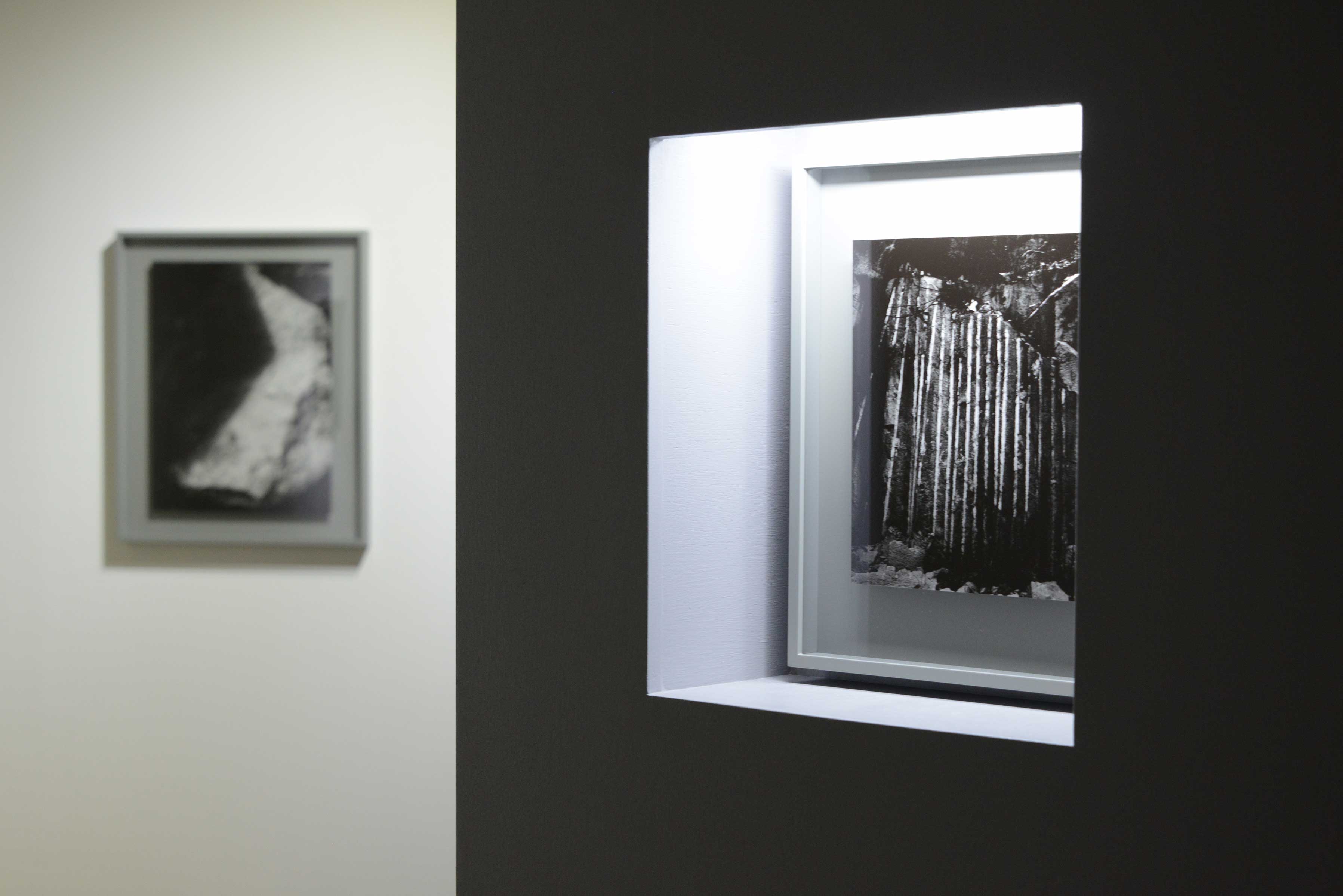
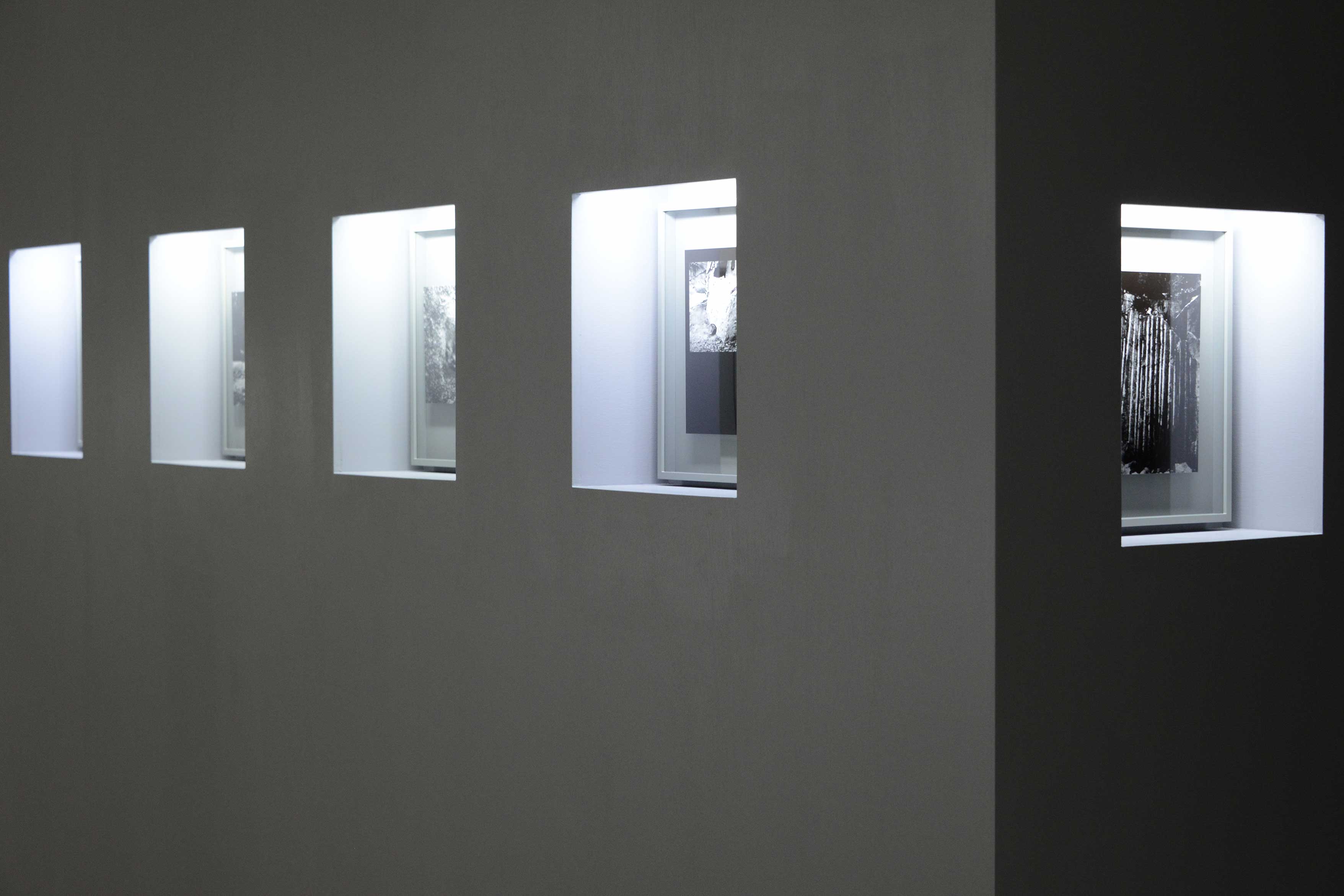
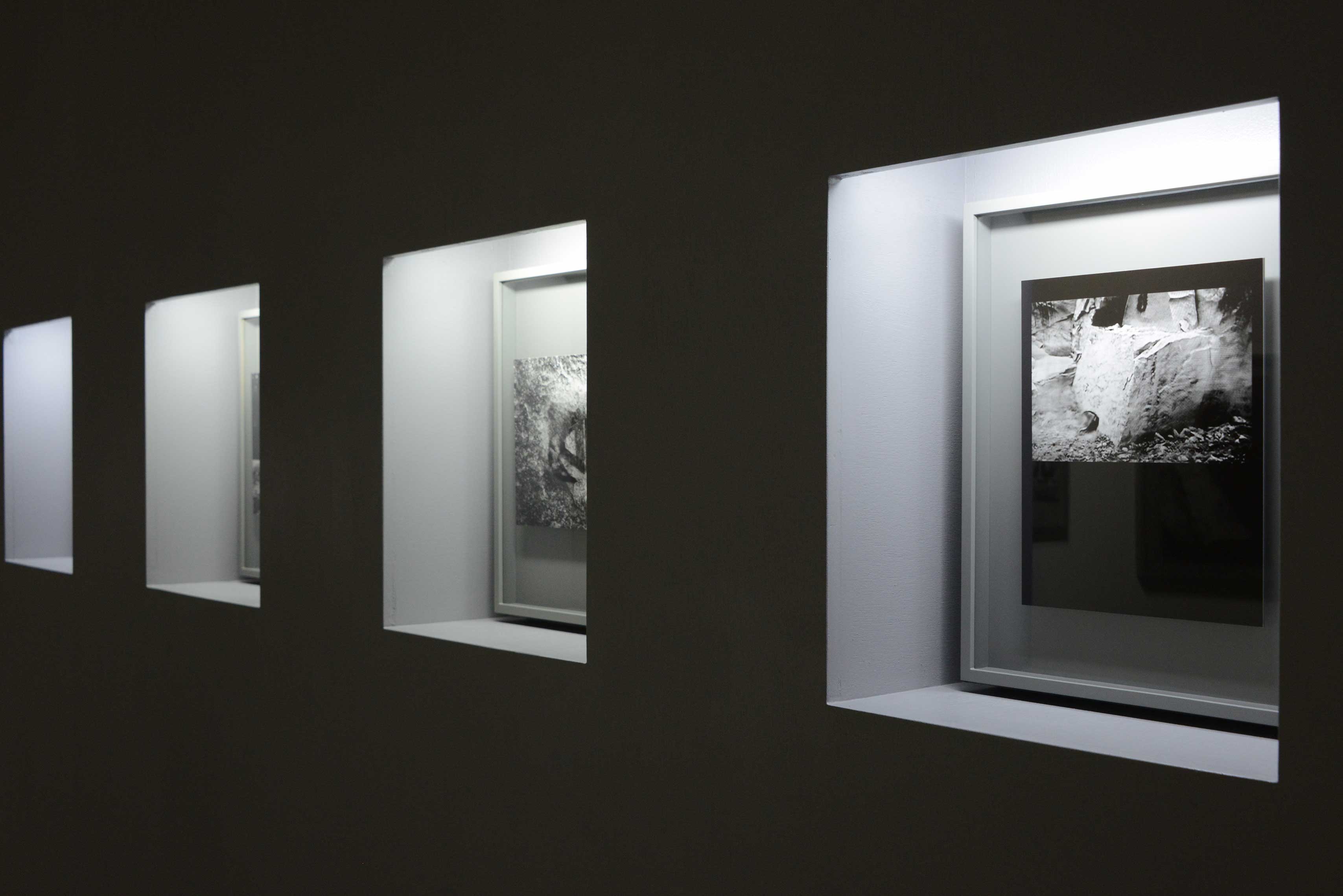
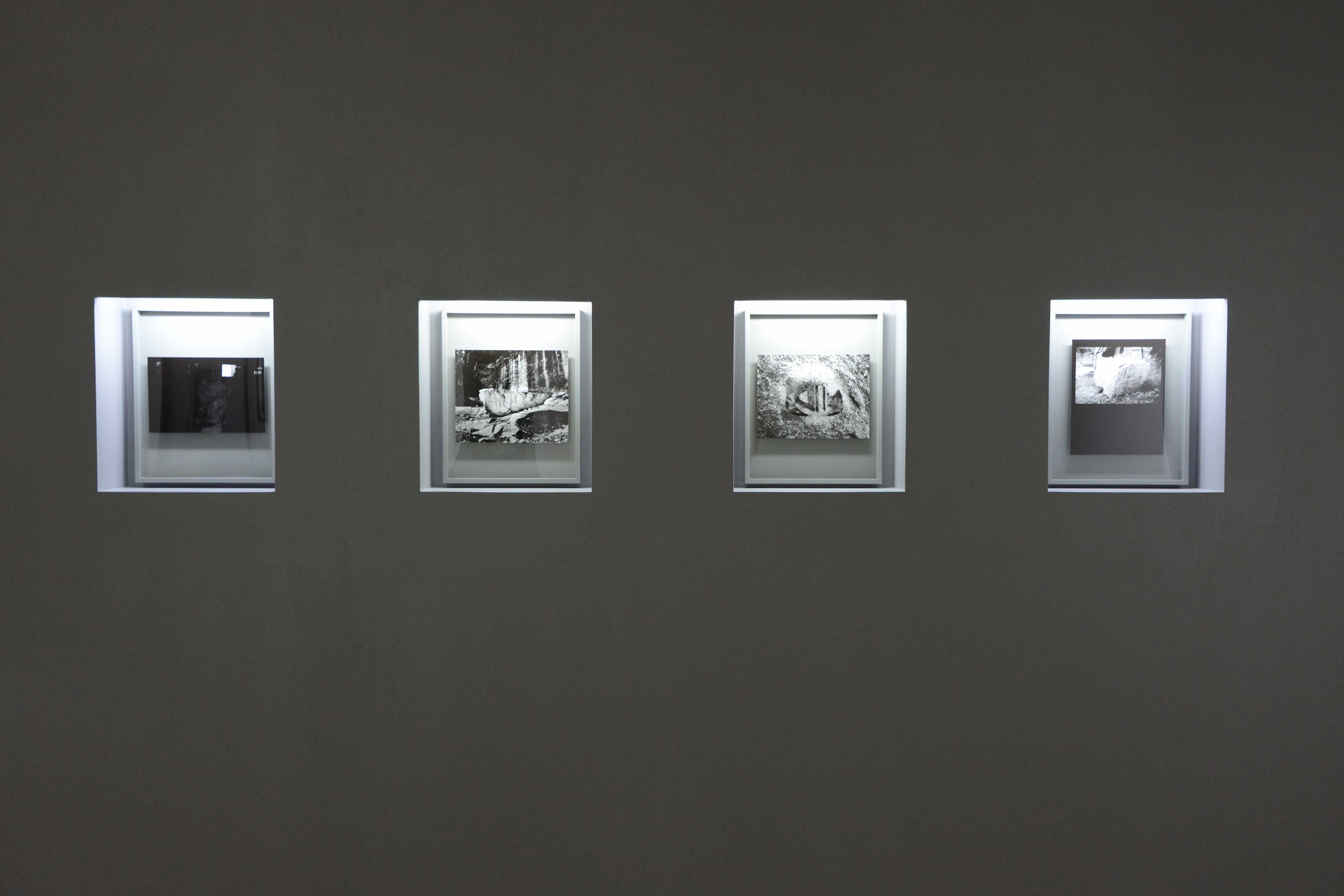
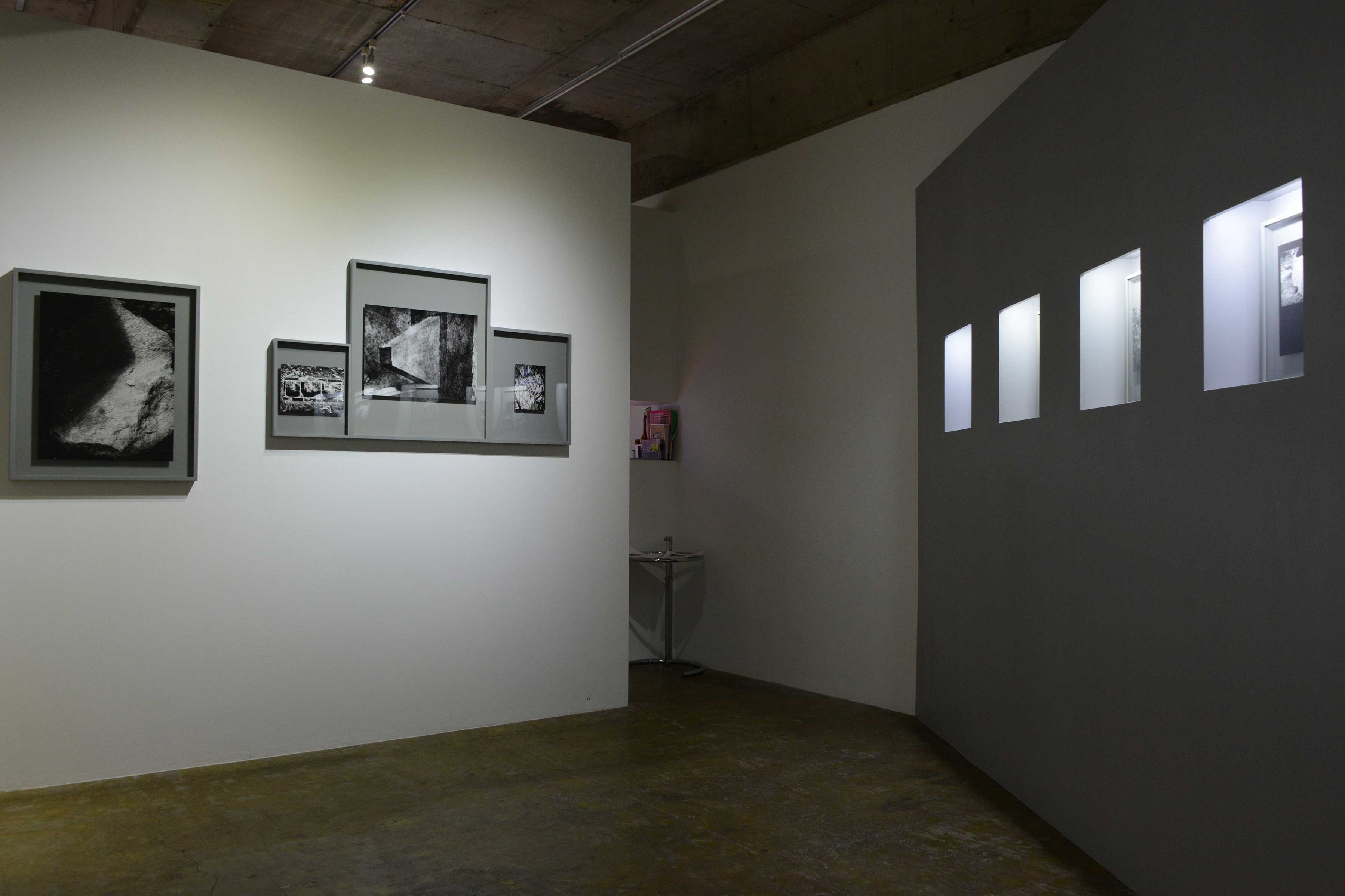
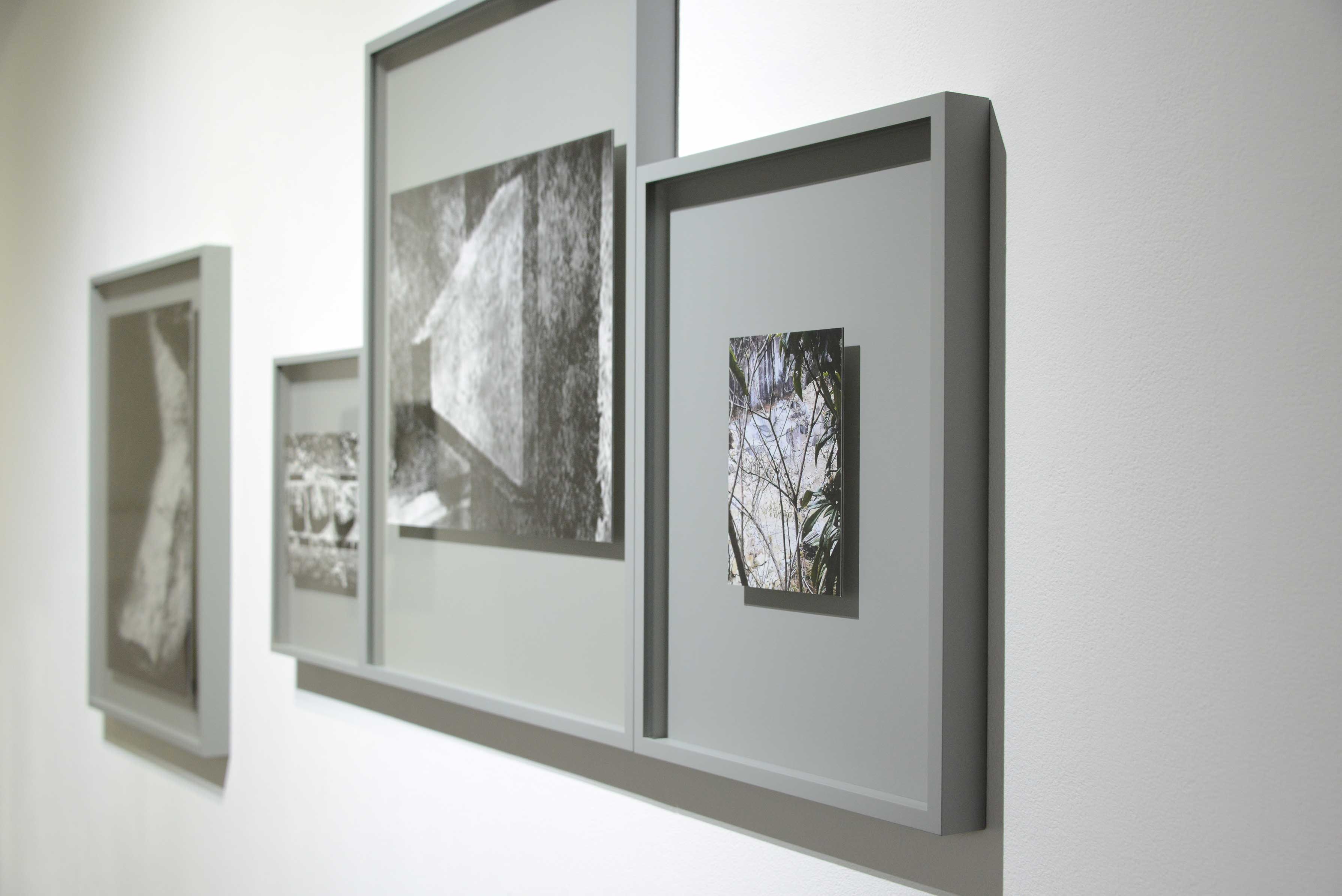
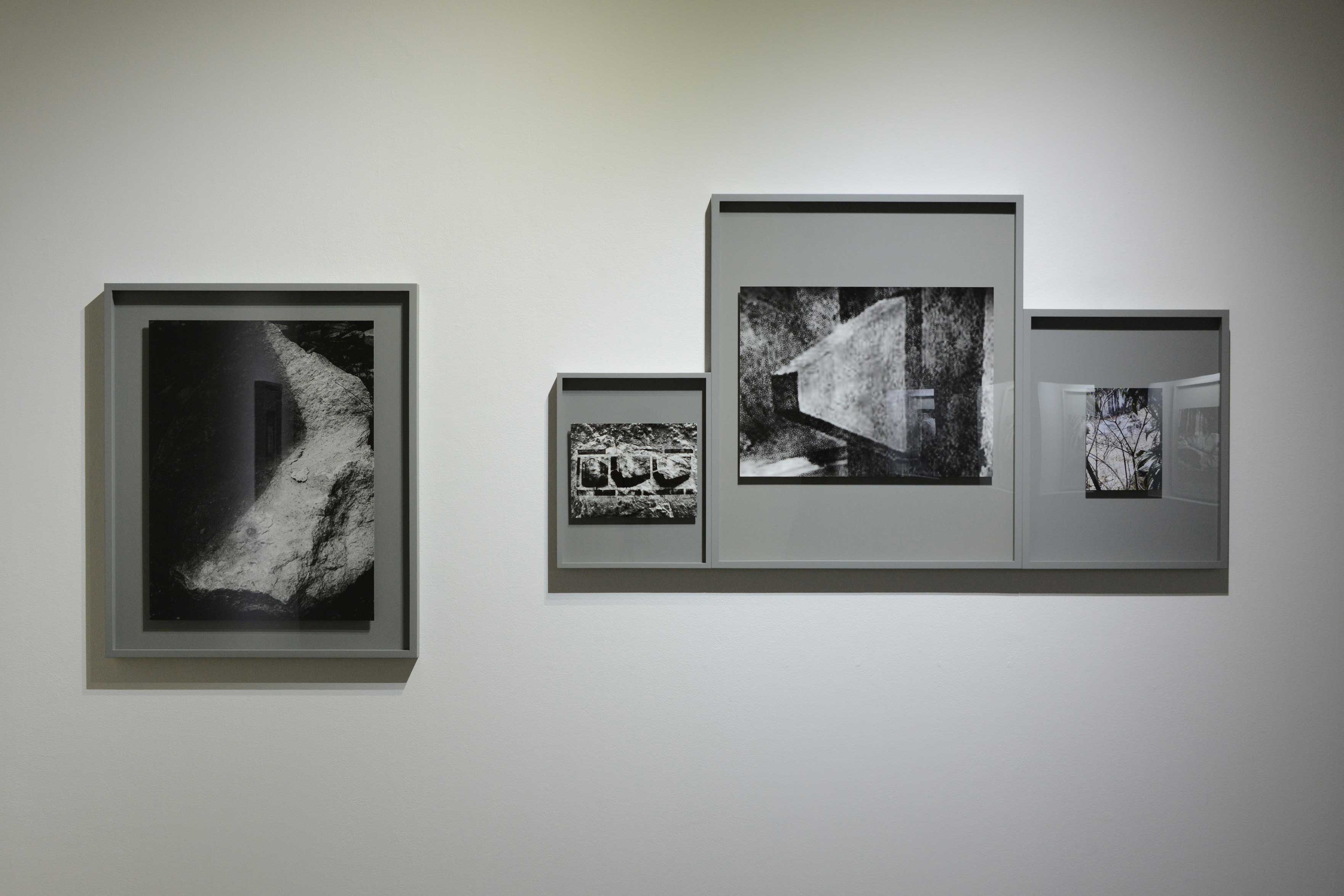
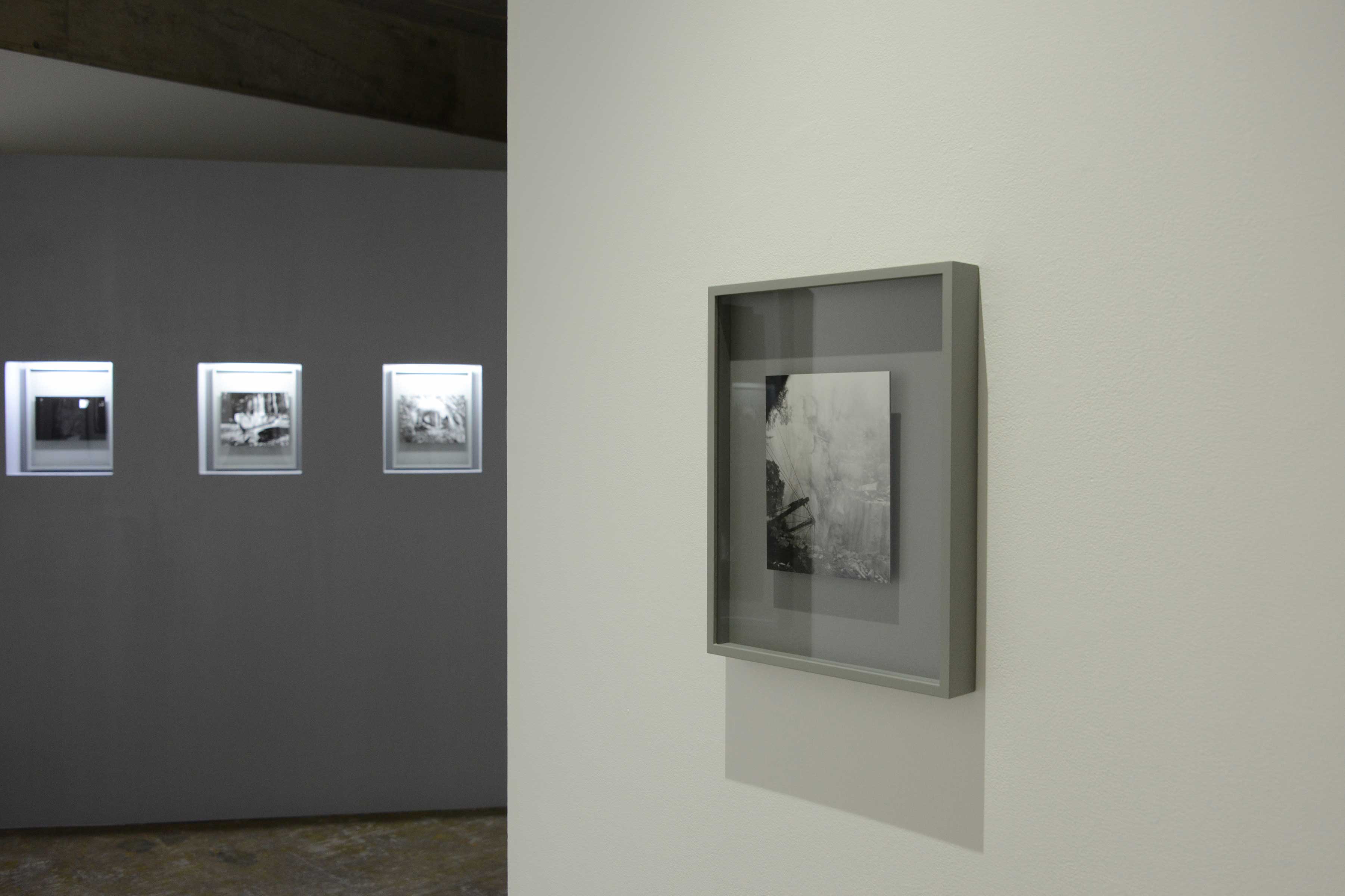
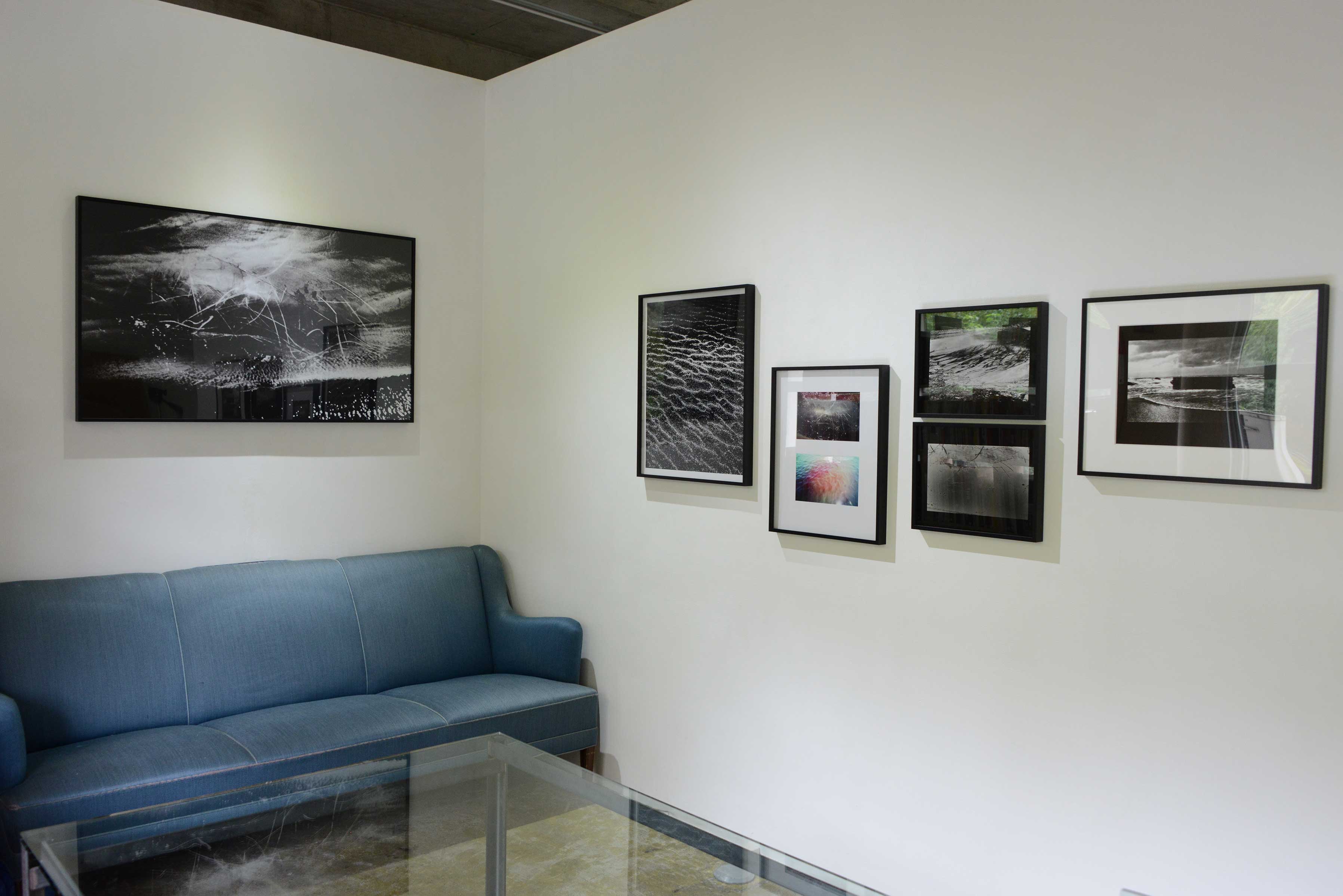
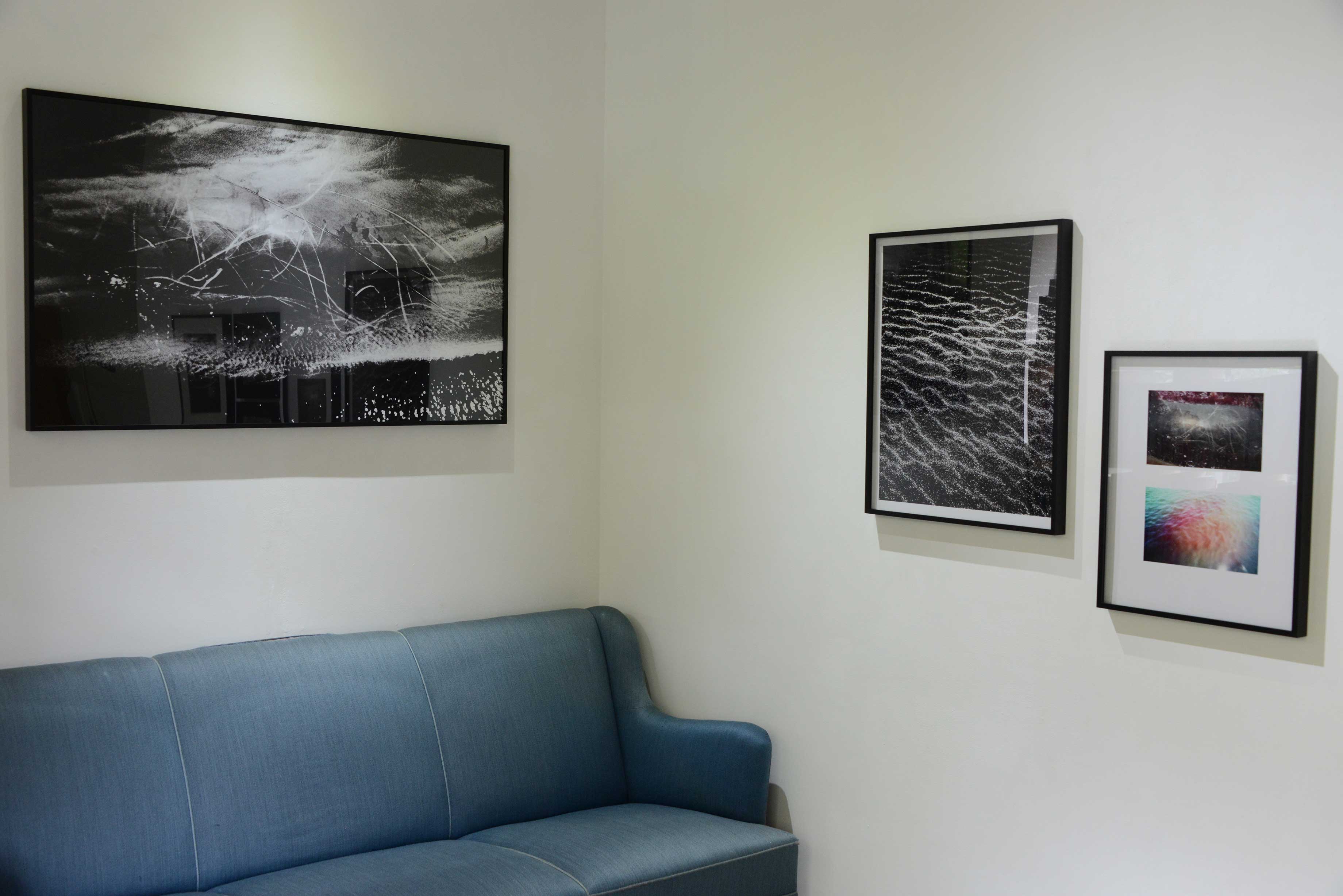
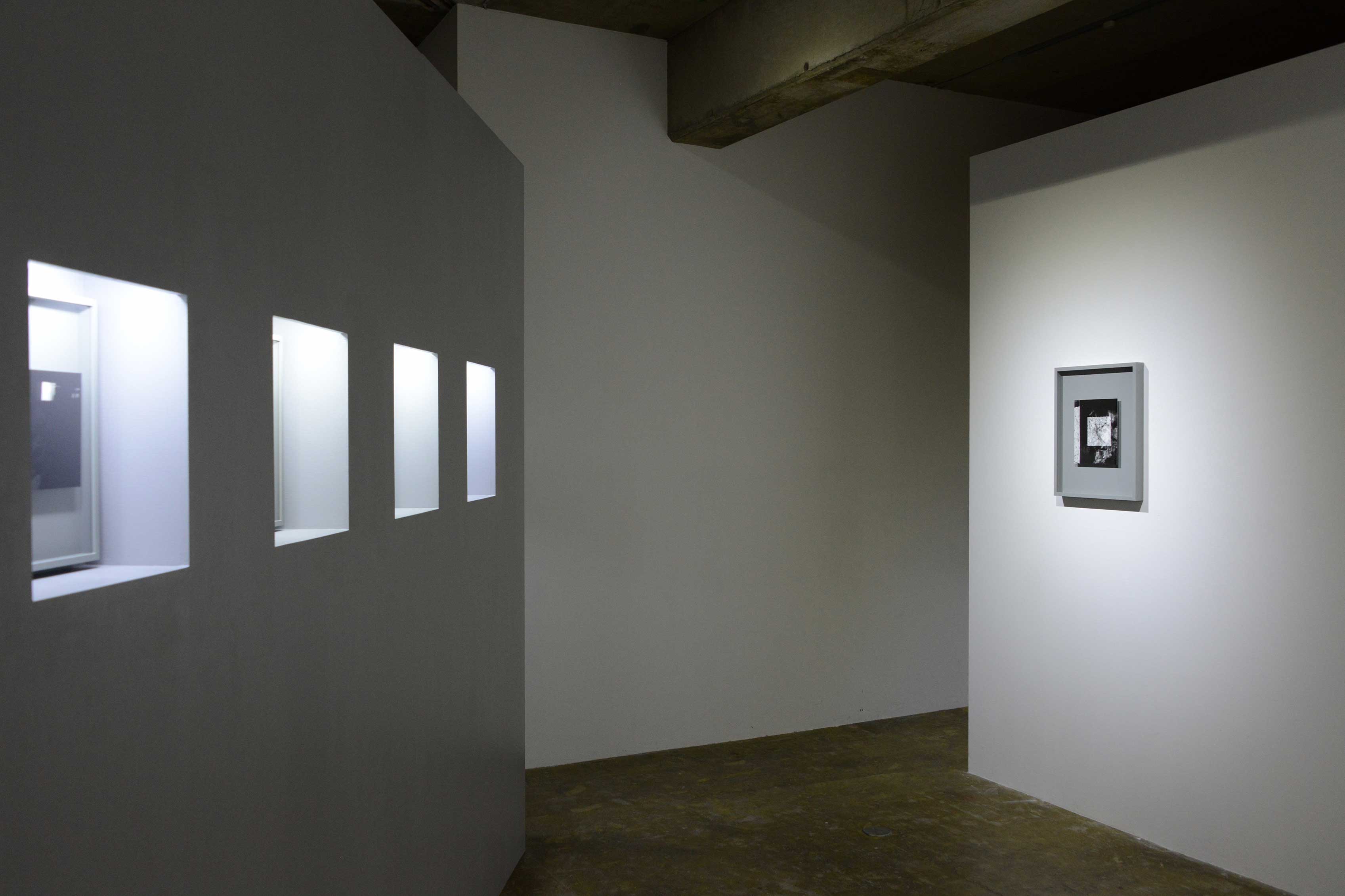
Past Exhibitions

